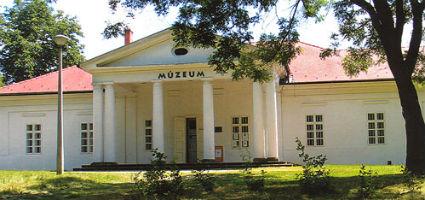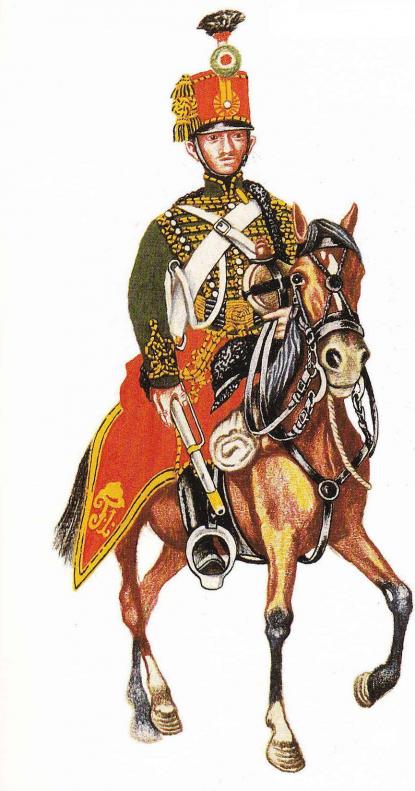2024. April 23. Tuesday
Pál Kiss Museum - Tiszafüred
 |
Address: 5350, Tiszafüred Tariczky sétány 6.
Phone number: (59) 352-106
E-mail: kisspalmuz@gmail.com
Opening hours: Tue-Sat 9-12, 13-17
|
The exhibition has closed for visitors.
2015.12.14. - 2016.06.27.
Museum tickets, service costs:
|
Ticket for adults
|
500 HUF
|
/ capita
|
|
Group ticket for adults
(min. 10 people)
|
150 HUF
|
/ capita
|
|
Ticket for students
|
250 HUF
|
/ capita
|
|
Ticket for pensioners
|
250 HUF
|
/ capita
|
|
Ticket for families
(2 adults + max. 3 children)
|
750 HUF
|
/ family
|
|
Program ticket
|
300 HUF
|
/ capita
|
|
Season ticket
|
1000 HUF
|
|
|
Group guide
(max. 40 people)
|
2000 HUF
|
/ group
|
|
Photography
|
1000 HUF
|
|
|
Video
|
1000 HUF
|
The other parts of the displayed objects are more unique and specific. Swords, bayonets, hussar uniforms, hussar saddles and oil paintings are lent by Megyeri Ferenc, a curio-collecter from Tiszafüred. He has been involved in collecting history relicts for several years. Different models of words are shown: broadswords and sabers (curved swords) used by both Hungarian and Austrian troops in the battles of War of Independence in 1848/49 in Hungary. Visitors can see P 1803 saber, P 1811 Austrian/Hungarian hussar saber, P 1824 heavy cavalry broadsword, P 1827 cavalry officer”s sword, P 1836 saber, P 1837 sabers, P 1838 saber, P 1845 cavalry officer’s sabers, Turkish type or Jurat saber, small sword from Vienna and P 1850 broadsword in the exhibition.

There are also colourful uniforms of Hungarian hussars (e.g. Coburg hussars with red shako, green dolman and green pelisse, red pair of trousers and black short boots, or a Bocskai hussar is displayed with blue shako, blue dolman and blue pelisse, blue pair of trousers and black short boots). A Hungarian hussar so-called Füred-type wooden saddle is displayed as a part of hussar’s equipment. Oil paintings of heroes of 1848/49 (Kossuth Lajos, General Bem József, Colonel Aschermann Ferenc) can be seen, too.
By Vadász, István

There are also colourful uniforms of Hungarian hussars (e.g. Coburg hussars with red shako, green dolman and green pelisse, red pair of trousers and black short boots, or a Bocskai hussar is displayed with blue shako, blue dolman and blue pelisse, blue pair of trousers and black short boots). A Hungarian hussar so-called Füred-type wooden saddle is displayed as a part of hussar’s equipment. Oil paintings of heroes of 1848/49 (Kossuth Lajos, General Bem József, Colonel Aschermann Ferenc) can be seen, too.
By Vadász, István
